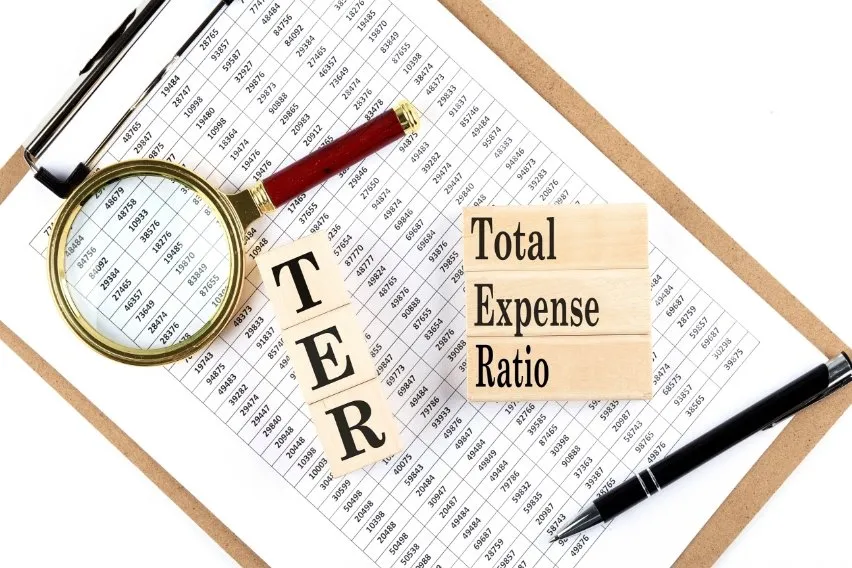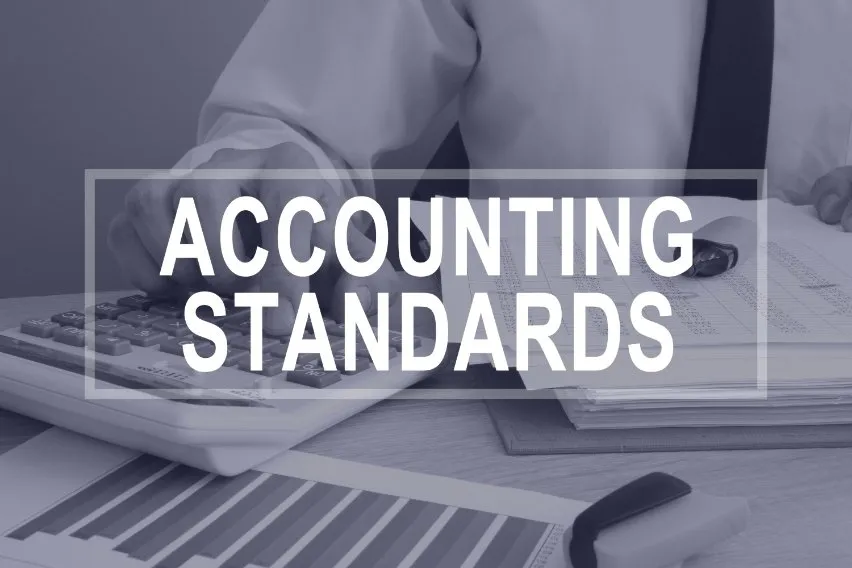Materiality Concept in Accounting: Definition, Importance & Example

A financial accounting statement simply cannot properly account for every single transaction. This is mostly because some transactions are too small. The intentional removal of these small transactions is known as materiality.
Read on as we take a closer look at the materiality concept in accounting.
Table of Contents
What Is Materiality Concept in Accounting?
Why Is Materiality Important in Accounting?
Material vs. Immaterial Information
Materiality Concept as per GAAP and FASB
Materiality Concept as per GAAP
Materiality Concept as per FASB
Example of Materiality Concept in Accounting
What Is Materiality Concept in Accounting?
The materiality concept of accounting is an accounting practice. It directs an informed decision-maker to consider an item’s relevance or significance.
The concept of materiality in accounting governs how one recognises a transaction. This concept states that we shouldn’t record transactions with minimal significance. While you can document a transaction, you must also consider its relevance and importance.
Why Is Materiality Important in Accounting?
According to size and significance, the accounting concept of materiality comes in handy. For one organisation, financial data may be crucial, while it may not matter at all to another.
This component of the materiality notion is crucial when contrasting different-sized firms. For instance, it’s seen when we look at a big corporation and a small company. Because of its size and sales, a large firm may view a similar cost as tiny and insignificant. On the other hand, a small company may view it as a large and material expense.
The idea of materiality directs a firm to identify and disclose only those transactions that are important. This is key for other aspects of the business that warrant the attention of consumers of the company’s financial statements. (However, this part is subjective in nature.)
According to the concept of materiality, a business must follow financial accounting principles. This is true especially when accounting for such large sums. If the right accounting principles are not followed, the result is misrepresentation.
Why? Because we judge materiality in terms of dollar amounts.
Each organisation should develop the ability to identify items that are material in relation to its operations. This will ensure your business follows accounting standards for those items.
Several things may have an impact on materiality determinations. These include:
- The features of the company
- The current political and economic climate
- The function of the financial statements reviewer
Sometimes, a corporation may decide to abandon these accounting rules. This may happen if the cost of upholding them appears to outweigh the anticipated benefits.
Material vs. Immaterial Information
Depending on the size and scope of the company in question, a business will view different things as being material or immaterial. For instance, a small, family-run grocery store might have to record a modest charge for promotional coupons. Whereas a superstore might not have to do so for a comparable offer. It’s all relative.
You can classify both financial and non-financial items as material. Due to potential influence, both pieces of information could have an impact on investors’ perceptions of the company. So, a corporation may need to disclose current litigation to the same extent as it discloses its revenues.
Materiality Concept as per GAAP and FASB
A business must disclose or record every element that could possibly affect an investor’s choice. This is normally done in a company’s financial statements. The business must then record these statements in accordance with Generally Accepted Accounting Principles (GAAP) or as per the Financial Accounting Standards Board (FASB).
Materiality Concept as per GAAP
The main guideline for determining materiality in accordance with GAAP is:
“Items are material if they could individually or collectively influence the economic decisions of users, taken from financial statements.”
Materiality Concept as per FASB
The main guideline for determining materiality according to FASB is:
“The magnitude of an omission or misstatement of accounting information that, in the light of surrounding circumstances, makes it probable that the judgement of a reasonable person relying on the information would have been changed or influenced by the omission or misstatement.”
Example of Materiality Concept in Accounting
Let’s say that you’ve purchased an asset for $10. Most likely, this asset will have a usable lifespan of around 5 years.
The straight-line technique of depreciating an $10 asset over a five-year period would be difficult. It will also be time-consuming and expensive.
In fact, it would be far simpler to include the entire $10 price as an expense for the year you bought the asset. That’s because it would not considerably misstate the profit for that year or the next 4 years.
Setting a limit on what constitutes an asset is challenging. It varies from organisation to organisation.
For example, an expense of $500 might not be substantial enough for a huge multinational company with a high net income. But a retail store might think that an asset costing $100 is large enough to classify as an asset rather than an expense.
Most businesses have internal guidelines about these restrictions. A business should focus on establishing these guidelines first. Then they should apply them consistently.
Key Takeaways
The idea of materiality helps us determine how to recognise or label a transaction in accounting and we view different items as material or immaterial depending on the size and scope of the company in issue.
The materiality concept is slightly strange in that it permits breaking some accounting rules. This occurs if doing so has no bearing on the company’s financial statements. To offer an accurate image of the business, the financial information in the statements must be full of all relevant facts.
An educated decision-maker is directed by the materiality principle of accounting. This is to take into account an item’s relevance or significance. A corporation should prepare its financial statements in line with GAAP or FASB.
When it comes to deciding whether to use this method of accounting, it’s best to evaluate what your business’s needs are. And you should determine whether you could potentially benefit from this system.
FAQ on Materiality Concept
How Do You Calculate Materiality?
Auditors determine the level of materiality for an asset. They do so by using professional judgement and general guidelines. They also take into account the degree and kind of misrepresentation. The materiality criterion is sometimes expressed as a broad percentage on a financial statement.
What Is the Principle of Materiality in Accounting?
The materiality principle comes into play when the amount in question is small. It must be small enough that the financial statements won’t be deceptive. In this case, a corporation can break an accounting standard.
What Is Balance Sheet Materiality?
This term refers to the effect that a factual error or omission will have on the reader of a company’s financial statements.
RELATED ARTICLES



 Creative Accounting: Definition, Types & Methods
Creative Accounting: Definition, Types & Methods Total Expense Ratio (TER): Definition, Formula & Limitations
Total Expense Ratio (TER): Definition, Formula & Limitations Accounting Records: Definition, Types & Examples
Accounting Records: Definition, Types & Examples Departmental Accounting: Definition, Types & Methods
Departmental Accounting: Definition, Types & Methods Accounting Income: Definition, Types & Calculation
Accounting Income: Definition, Types & Calculation Accounting Standards: Definition & History
Accounting Standards: Definition & History